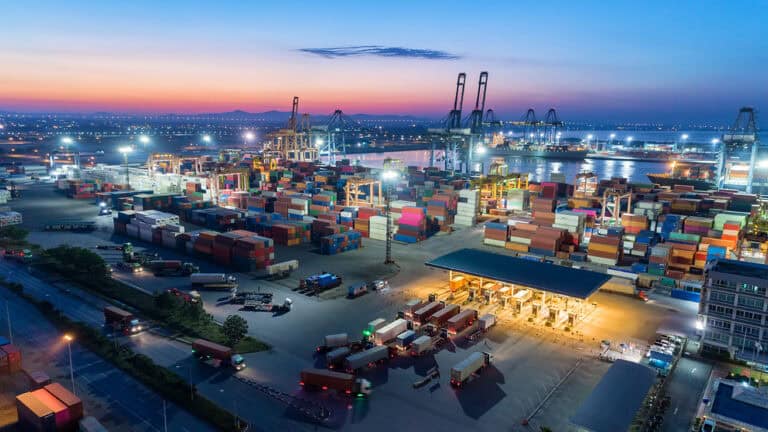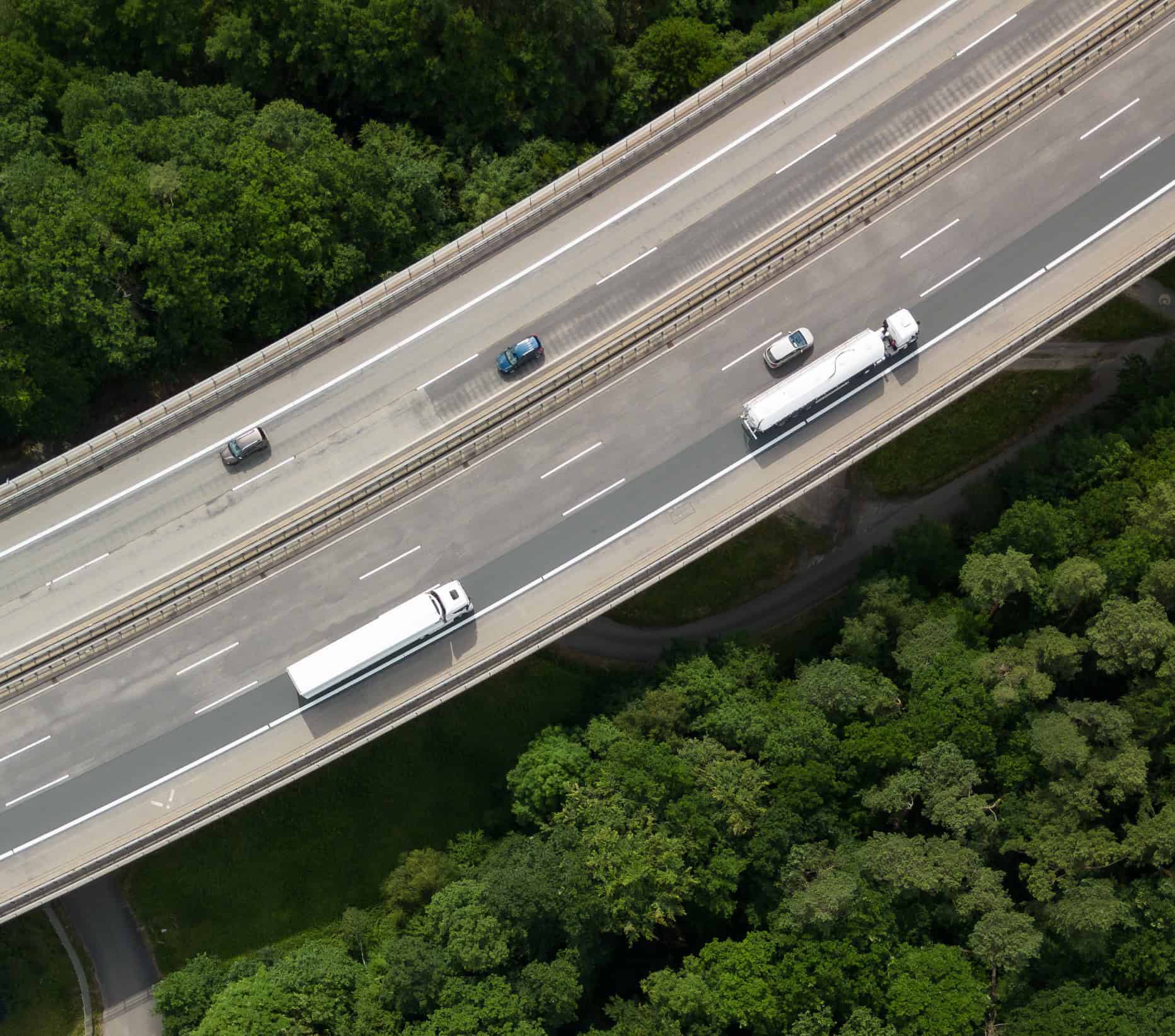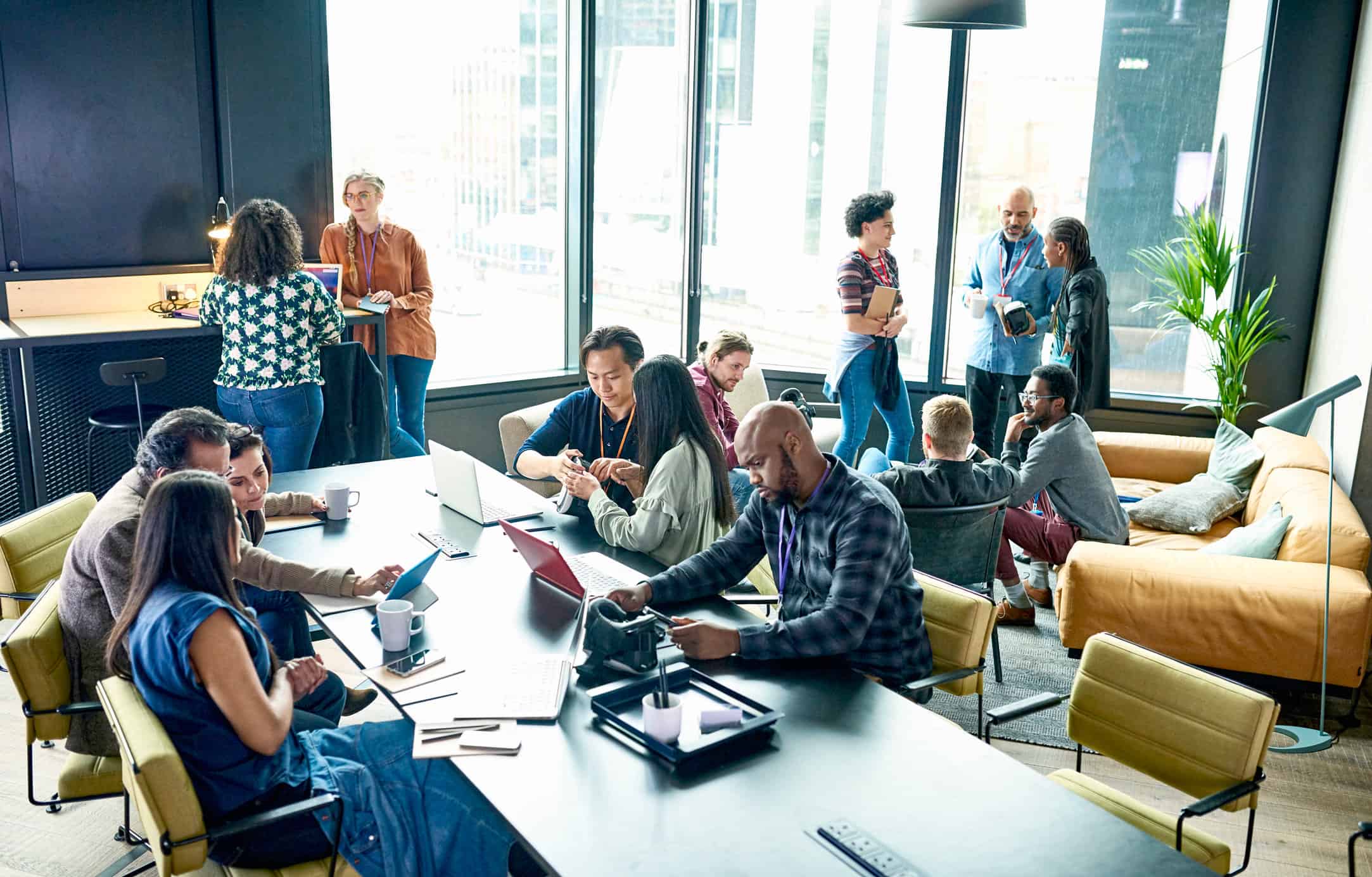
Recently, Adrian Gonzalez of Talking Logistics sat down with e2open’s Mehmet Demirci to learn more about why companies are becoming more supply driven, and what the difference is between forecasting and sensing, and how AI plays a role. Here’s an excerpt from their conversation:
What’s the difference between forecasting and sensing?
Adrian Gonzalez: These days, it seems like a lot of supply chain planners are talking about sensing just as much, if not more than, forecasting. So, I guess the first question is, what’s the difference between the two and why is it important to understand that difference?
Mehmet Demirci: Let’s face it, forecasting is important. It enables a business to plan what they expect the future to look like and align their resources accordingly. And it’s an important input to many processes that are critical to the health of an organization, such as low-key financial plans and inventory supply capacity purchasing plans.
Forecasting typically tries to predict the future by using historical patterns that are a little bit more aggregate and a little bit longer term – typically six months to two years. And even companies that claim they don’t forecast and are completely demand-driven have some level of forecasting in the background. It might be buried in the logic of how they set inventory targets or buffer levels and buffer zones.
But despite the importance, there’s a universal fact about forecasts, which is that they’re pretty much always wrong. This was especially felt around the globe in the past two-plus years. Murphy’s Law was proven, and the world was swimming in supply constraints and demand trend changes.
The reality is that plans, when executed, are different than when forecasted. Sensing monitors the supply chain and the whole network with real-time signals and helps update and tweak those plans. It senses what is going on with the most recent information. To do this, it uses AI technology to understand and learn from the trends across a multitude of signals.
In addition to looking at past patterns, one of the more commonly understood concepts is demand sensing. Demand sensing can use things like point-of-sale data, retailer inventory, weather, social sentiment, current orders, and channel promotions to predict how market changes will impact demand. Again, artificial intelligence comes into play, providing insights, capability, and automation. Historically, this has significantly improved the forecast compared to what could be done through traditional demand planning strategies, and it helps enable a sense and response strategy.
Now more than ever, it’s clear it’s an important need for the supply chain. But why is understanding the difference between forecasting and sensing important? Because these are related concepts that serve different purposes. Forecasting helps align resources to what the future could look like.
Sensing fine tunes company plans at a very granular level automatically. It ties plans closer to execution and enables a robust sales operations process. Without sensing, you forecast with some simplified assumptions and then scramble to make ends meet. With sensing, you get some proactive warnings and automatic adjustments to make the plan work. You understand what needs to be prioritized.
Now, we have a newer capability, called supply sensing, which takes us a step further and gives companies the ability to keep their finger on the pulse. Are disruptions coming? What is the impact? What should we do about them?
What is supply sensing?
Adrian Gonzalez: You talked a little bit about demand sensing, and this has been a topic folks have discussed for quite some time. Supply sensing, on the other hand, is relatively new. What is it? And more importantly, how does it work?
Mehmet Demirci: Supply sensing is a very new concept. I don’t think many people have heard of it.
If I can summarize what supply sensing does in four major bullet points, I would say, number one, it understands the variability in disruption risk involved – constantly monitoring transactions, the network structure, demand, supply trends, production, what was requested, what was committed, and what was delivered. It asks the question: What does the real world look like? It learns from this and proactively analyzes supply paths to understand whether there’s going to be any disruption. Without action, what would it look like? When would we recover? One of the strong elements of this is that it doesn’t have to be just within the enterprise. It could look at the multi-enterprise, suppliers, and channel partners as well. It will plug into your enterprise resource planning (ERP) and transactional systems to figure things out.
Number two, it projects confidence in getting the right supply at the right time. It effectively enables probabilistic planning. It monitors deliveries from nodes of the network and from a quantity and timing perspective, learning from historical and recent performances combined with real-time signals and trends. And it projects the likelihood of getting the planned supply at the right time, in the right quantity. Is it going to be late? Are we going to be short shipped, and for how long? It builds supplier manufacturing or transit lane risk profiles that enable you to proactively solve issues and have a realistic approach to what will happen.
Number three, it projects and converts these into service-level projections across the network. Things are short; things are happening. But what happens to what the customer sees? Customer service level is usually one of the top metrics for companies because it marries supply chain to customer experience and revenue. These metrics are very easy to monitor historically, and almost impossible to project confidently into the future. But supply sensing can do this automatically.
And number four, it proactively recommends actions and gives you the ability to analyze and understand whether something can be mitigated or how best to deal with it. Do we need to bring in more? Do we need to order earlier? Do we need to update our planning parameters? Planning knows that the lead times have just extended, and we can’t just wish and pray anymore. It helps answer the question: How do we make the right stuff that marries up with what people want? AI is at work for insight, scalability, automation, and from a supply and service site perspective.
What are the benefits of supply sensing?
Adrian Gonzalez: So, what is the business case for supply sensing? What benefits can companies achieve by enabling it?
Mehmet Demirci: Number one, it helps companies improve service levels and reduce lost sales. During times of supply constraints and disruptions, we’re taking a hit on customer service; it’s just unavoidable. Supply sensing helps you not drop as much, still control it, and get the right things to the right place.
It helps companies more reliably commit to demand and allocate in a more collaborative, profitable kind of way. It enables them to understand the likelihood of what supply they can bank on and what demand is doing. It also helps them with better inventory control, because they can better predict supply, so they can build the right inventory. Supply sensing will also show where they might have excess because it links everything to service.
I find this useful because it will show you, “Hey, you’re short here, but over here you’re well above your service targets.” Then it helps with corrective excess and obsolete mitigation and automatically tells you where you’re overstocked. Expedite costs decrease since you have more time to resolve issues and the planning parameters get closer to a sense and response strategy.
How can a company get started with supply sensing and what are the factors to consider?
Adrian Gonzalez: How can companies get started with supply sensing and what are some important factors or capabilities to consider?
Mehmet Demirci: Great question. If you’re currently running a functioning supply chain, you already have quite a bit of the data you would need to start supply sensing. The system will automatically build your network, understand the master data and transaction data, and start building demand, supply, and transit patterns. Now, where to start and where should supply financing focus?
It depends on some of the pressing issues you’re facing and what’s important to your company. For example, do you have customer service level issues with high penalties, high loss sales, and unreliable delivery that is hurting the brand? Do you have unreliable suppliers or transportation lanes where you can’t trust your production plan? Do you have certain internal manufacturing sites that are just not performing and creating a chain of events where internally you’re becoming unpredictable? Or are you more worried about the end consumer and the retailers not having enough and not managing their end appropriately?
The answers to these questions will help guide you to where and how this capability will come into play. Ultimately, real-time visibility and connectivity with upstream and downstream partners is only increasing in importance across supply chains. The access to multi-enterprise network elements makes not only supply sensing but also supply planning execution much more effective.
But it’s more than just the access. It’s the ability to analyze and even automate the responses using a platform that connects supply chains across enterprises and brings data together from disparate systems, providing companies with access to real-time data that is cleansed and converted to decision-grade data and then fed into AI-enabled planning and sensing collaboration technologies.
Want to learn more about how supply sensing can help you navigate today’s volatile supply chain climate? Watch the entire interview with Mehmet or learn about e2open’s Supply Sensing application.







